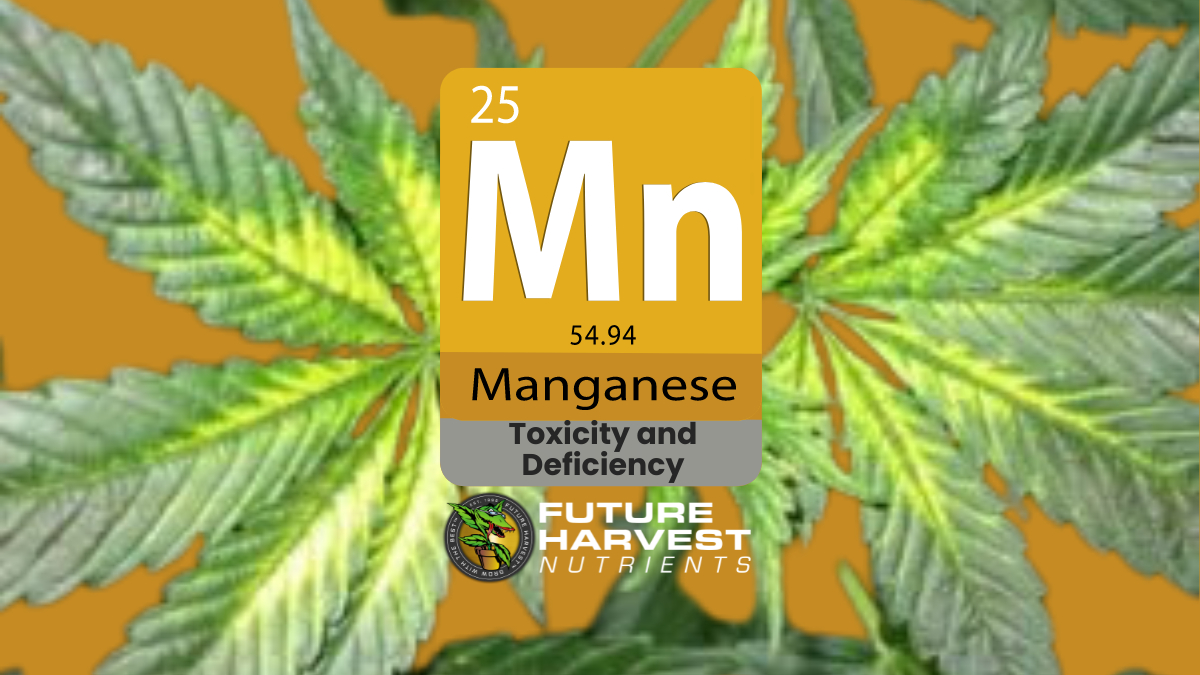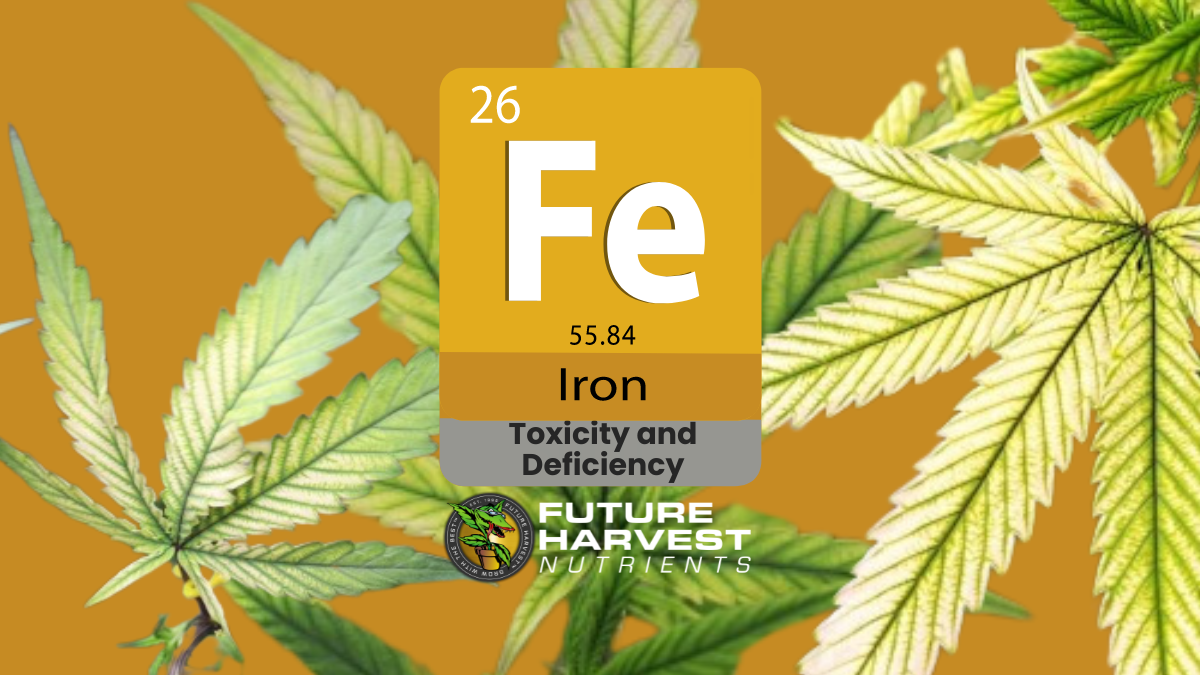THCs Lesser Known Friends

It is interesting that in my lifetime Cannabis has gone from something that is only spoken about in hushed tones when you are with people that you know, to something that is openly discussed in public media. When my friend Loren asked if I would write an article about the chemistry of Cannabis, this became a real theme of what I could find in the literature. Cannabis, as a regulated substance, has been quite challenging to do good science on due to a number of issues, including having poor knowledge of strain development, limited access to consistent materials, and regulation issues that inhibit working with the materials in the laboratory. That being said, there has been some very good work done on what types of chemicals are found in Cannabis plants.

Before we get too carried away, it is important to understand how complex plant chemistry can be. It has been estimated that a single leaf from a plant can have as many as 40,000 different chemicals in or on it. That’s a really big number. In Cannabis alone there have been upwards of 600 different chemicals described in the literature. That’s still a really big number, and likely only the tip of the iceberg.
As chemists, we tend to group these molecules by what bits are used to put them together. If molecules were houses, we would say that we have brick houses, stone houses, concrete houses, wood houses, or houses that are a combination of more than one building style. That lets us look at specific types of houses as groups, instead of talking about 40,000 individual houses. I’m going to talk about a few different groups of chemicals that are found in, and felt to be important to the use of, Cannabis plants.
The Cannabinoids
As I’m writing this article I’m looking through the window at a house that has a wood addition on a brick house. The cannabinoids are like that. They start out as what we call a polyketide. The polyketides use the same starting materials that we make our fats and oils out of. The polyketide calls in a contractor for an addition of terpene. We’ll talk a bit more about terpenes later. That makes the cannabinoids a hybrid, kind of like that brick house with a wood addition. These are the molecules that really defines Cannabis for three main reasons: They are quite rare outside of Cannabis. They are the most active compounds in Cannabis. They (particularly THC and THCA) are the reasons that Cannabis is so tightly regulated.

We really only hear about a couple of these guys regularly in the news. THC for its psychoactive activity, and CBD because of several potential therapeutic uses, particularly in the treatment of some seizure disorders. With all that talk about these two, it can be pretty shocking to find out that there have been almost 150 of these discovered in Cannabis, most of them unique to the species. All of these chemicals are made as carboxylic acids in the plant, giving the “A” at the end of their names like THCA, CBDA. The acid part of them comes off as carbon dioxide with time, light, and/or heat, yielding, respectively, THC and CBD. The “decarboxylated” compounds, or the ones without the “A” at the end, have been found to be more active than what was originally made by the plant.
This host of different chemicals is a potential gold mine for other activities as well. THC and CBD are pretty similar “houses”, and have dramatically different, and potent, biological activities. Think of what we may find over the next few years about some of these other cannabinoids now that we can access enough plant material to purify larger quantities of each!
The Terpenes
You have already had many run-ins with the terpenes in daily life. The taste of peppermint (menthol) is a type of terpene. So is spearmint (a different terpene). Rosemary oil, lavender oil, the smell of pine trees, thyme, cloves, and coriander. The essential oils of aromatic plants are mostly terpenes. The terpenes are built from five carbon “bricks” that get added together and modified to give oodles of different chemicals from nature. The ones mentioned above are all a combination of two of these five carbon units, making them monoterpenes (yes, I know, I would have called them diterpenes too if they’d asked… Diterpenes are four, so twenty carbons).

Cannabis is no exception, and produces heaps of different terpenes. We used to pay very little attention to them for two reasons. Firstly, the monoterpenes produced by Cannabis are not unique to Cannabis (they are found in other plants as well), so we already know quite a bit about them. Secondly, they are not nearly as bioactive as the cannabinoid compounds. This reductionist approach is typical of the scientific process when we are looking for a single compound to use as a drug, but is a failing when we are looking at complex systems like a plant sample.
The cannabinoids are big enough that they do not have an odor or a strong taste. When you talk with a Cannabis user about the different strains, they describe them in terms of their taste and smell (“Blueberry”, “Diesel”, “Lemon”) just as often as they are described by their physiological effect (“Trainwreck”, “Haze”, “Charlotte’s Web”). This taste and smell (or, in fancy terms, organoleptic) experience is caused primarily by terpenes. The entourage effect has become a hot area of research both in academia and in the industry, and now most good testing labs will give a terpene profile as well as the main cannabinoids. There have been many terpenes found in Cannabis, and because it is such a current hot topic, new ones are being found every year. In 2005 there were 120 described monoterpenes, so we are likely in the 200s by now.

Other Classes
Now, it may seem unfair that I’m putting all of the other classes into one little paragraph at the end. I am doing this with some forethought, as the two classes above are what dominates the oils produced by Cannabis, and so are what is in common with most products. To get significant amounts of the other classes you would need to actually eat the green material.
The plant phenolics are responsible for a lot of the antioxidant ability of any plant. Photosynthesis is a pretty high energy process that generates a lot of free radicals. Without the ability to mop up those extra radicals a plant would have a hard time staying alive. The plant phenolics are polyketides (so yes, cannabinoids are a hybrid of a plant phenolic and a terpene). The polyketides are pretty diverse, but you have run across them regularly. Anthocyanins like the red color of berries are plant phenolics. The reason green tea is beneficial is also due to a plant phenolic.

Alkaloids are a remarkably rich source of interesting, useful, and dangerous molecules from nature. You would likely recognize morphine, heroin, LSD, nicotine, and coniine (it killed Socrates). While a couple dozen alkaloids have been discovered in Cannabis, none of them have been found to be particularly interesting.

Cannabis also has all of its housekeeping chemicals, including the sugars that it makes by photosynthesis, amino acids and proteins, nucleic acids and their polymers DNA and RNA, and so forth.
I am very much looking forward to the next decade where it will be easier to do research on both the chemistry and pharmacology of Cannabis. While it is unlikely that it will be proven to be the universal panacea that it is often portrayed as, it will be a fertile source of interesting and useful activities and molecules.
Many of the numbers in the article above were gleaned from the following two review articles:
Biography
Dr. Shipley is an Associate Professor in Chemistry with two decades of experience in using nuclear magnetic resonance spectroscopy to investigate the chemistry of living systems, with a particular focus on comparative metabolomics. He served as the President of the Natural Health Products Research Society of Canada and has 25 peer reviewed publications in journals such as the Journal of Natural Products and Phytochemistry.
Leave A Reply
Your email address will not be published. Required fields are marked *


